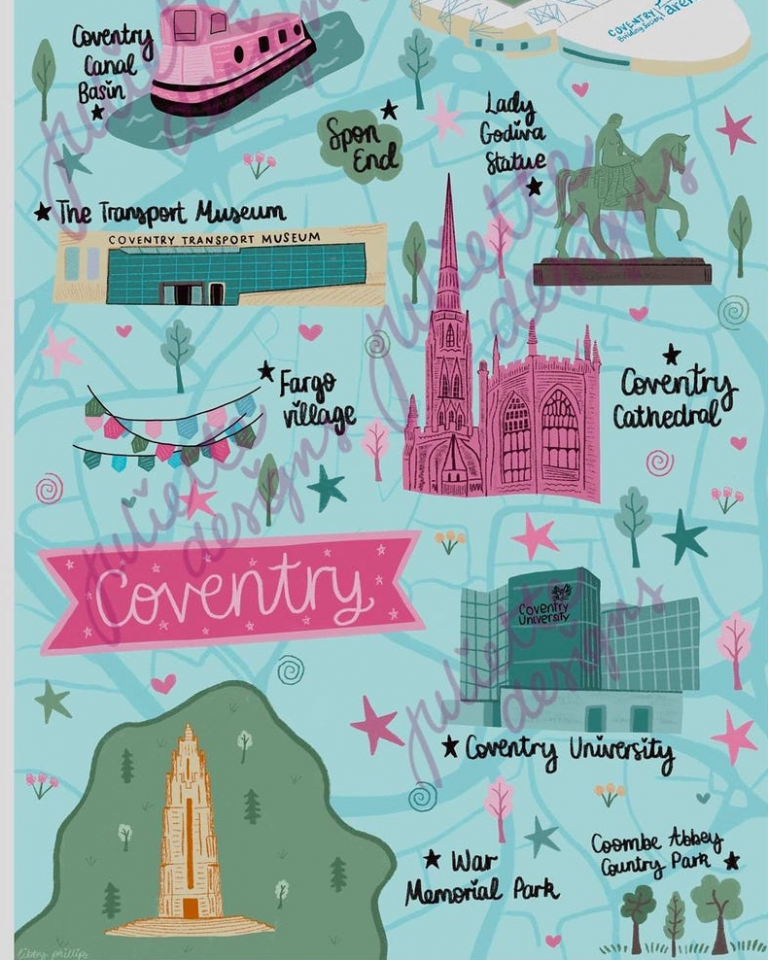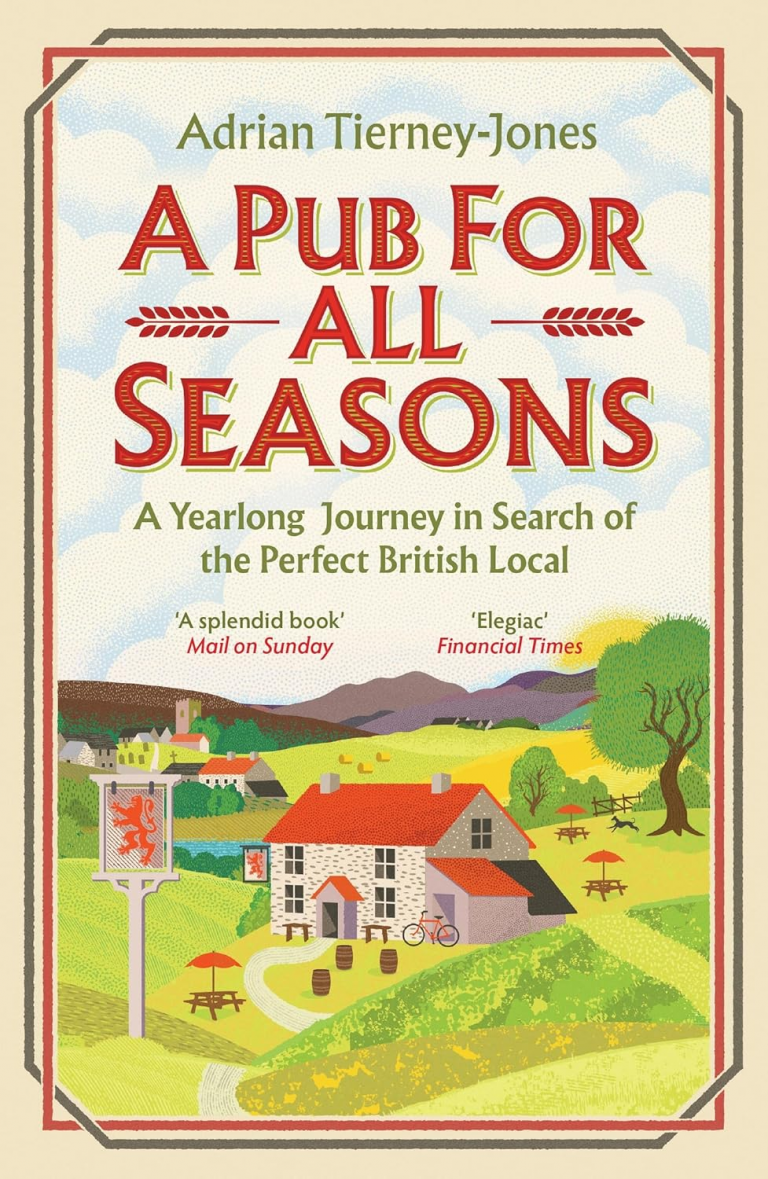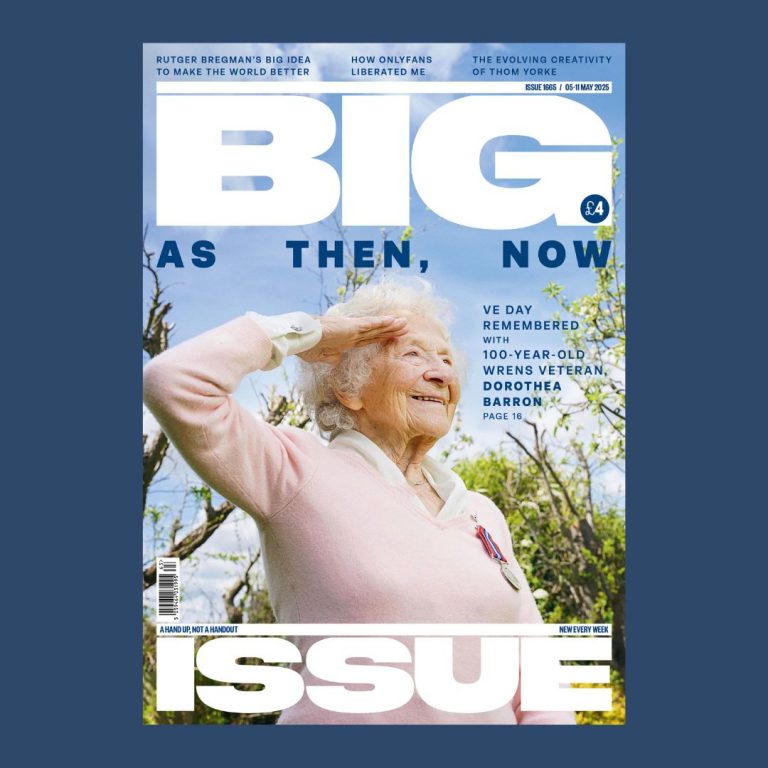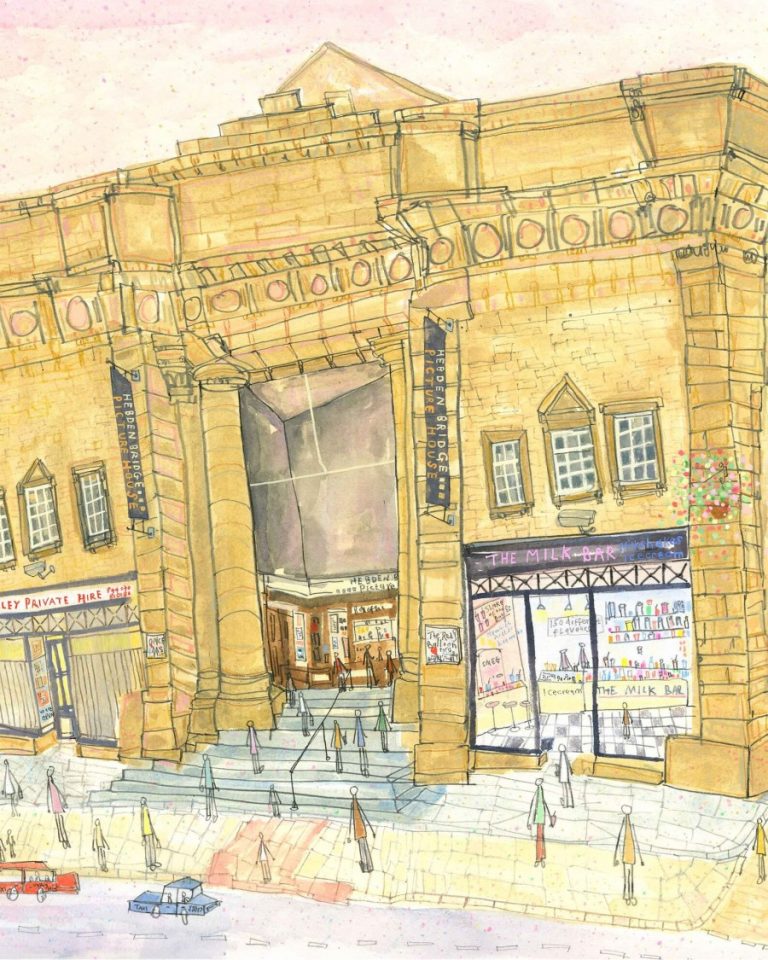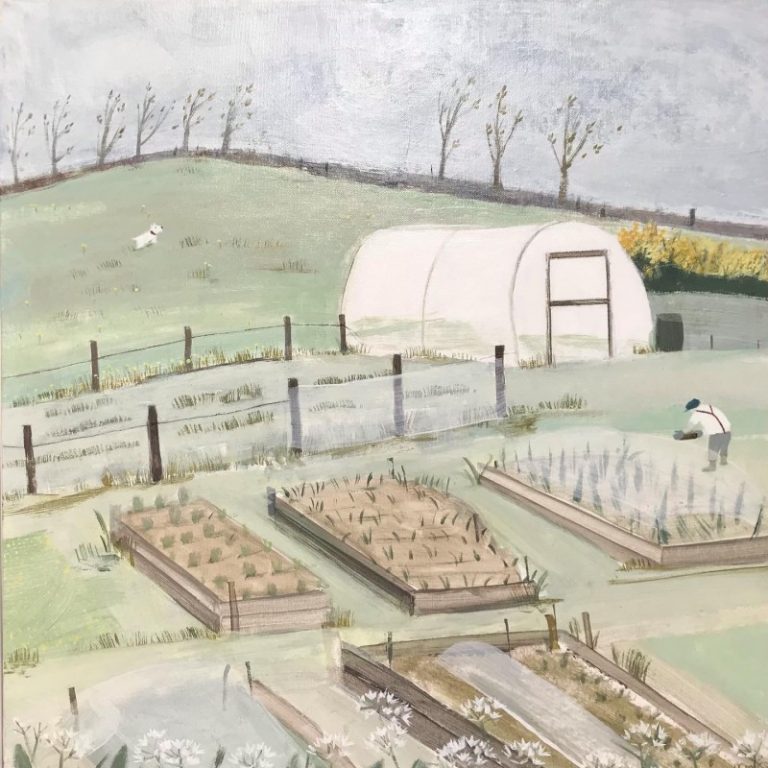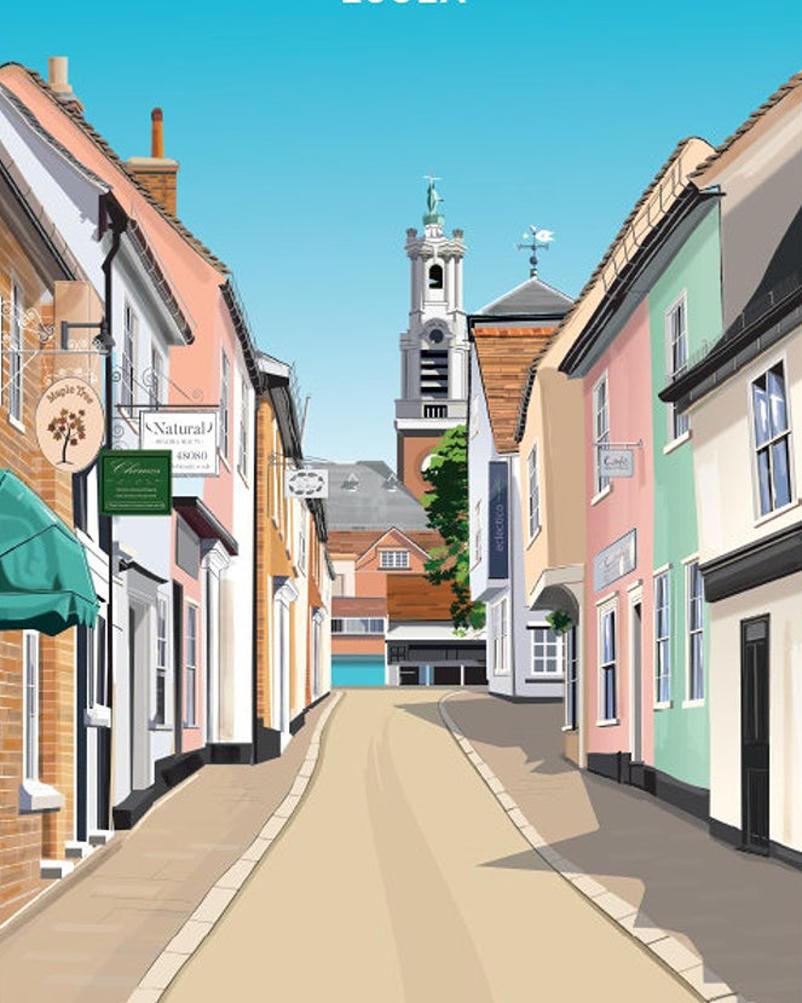
Few places in England mix ancient stories and quirky charm like Colchester. Known as the country’s oldest recorded town and the first Roman city, it’s packed with history at every turn. The River Colne winds through its heart, carrying tales from Roman settlers right up to today.
Locals still talk about the 1884 earthquake that rattled homes and made the news nationwide. Colchester also boasts some unexpected titles, like being the driest spot in England, but don’t let that fool you—plenty about this town stands out. Get comfortable and enjoy a gentle wander through legends, odd facts, and the colourful culture that make Colchester so memorable.
If walking in nature, always follow the Countryside Code, to keep dogs and barnyard friends safe. If visiting the nearby coast, read our post on keeping dogs safe by the seaside.
Roman Roots and Early History
Colchester holds the honour of being England’s very first Roman city. The layers of history beneath its streets are no myth. Each time you wander through the centre or pass by the River Colne, you’re walking across the footprints of soldiers, merchants, and ordinary people whose legacy still shapes the town’s identity today.
Colonia Victricensis: England’s First Roman City
Arriving in AD 43, the Romans picked Colchester as their stronghold. They called it Colonia Victricensis, meaning “City of Victory,” to celebrate their triumph over local tribes. The name “colonia” mattered. In Roman terms, it was a badge reserved for special settlements. It told everyone this was no mere fort but an official, privileged city for army veterans.
Early Colchester was every bit a Roman town. Think of a neat grid — streets slotted together like puzzle pieces. Main roads ran straight and true, making movement and trade easy. Public buildings clustered in the centre: a forum for gatherings, temples for worship, and markets buzzing with traders.
Even now, when you look at a town map, you’ll notice the old Roman pattern.
Roman life in Colchester buzzed with energy:
- Locals shopped at busy markets full of imported goods.
- Fresh water ran through the town in aqueducts.
- Soldiers trained and relaxed here after battling on the Empire’s front lines.
- Children ran through the colonnades, while shopkeepers called out their wares.
Colchester set the standard for Roman Britain. Its status as the first colonia is why the town once called itself “Britain’s oldest recorded town” — a title nobody else can match.
River Colne: Lifeline of Ancient Trade
The River Colne was more than just a pretty backdrop. For the Romans, it was key to the town’s success. The river delivered fresh water for drinking, washing, and farming. It also meant easy travel. Roman barges and boats glided up and down the Colne carrying goods from the coast all the way into the heart of Colchester.
The river turned Colchester into a trading hotspot. Pottery, wine, olive oil and exotic goods all arrived by water. Archaeologists digging near the riverbank have found:
- Amphoras (clay jars) that once held wine or oil from distant lands
- Coins from across the Roman Empire
- Tools and weapons brought in for the army
The Colne wasn’t just a highway; it also marked the town’s edge. With the river on one side, Colchester gained a natural line of defence, making life safer for those within the walls.
Legacy of Roman Walls and Amphitheatre
Roman Colchester wasn’t just about trade and daily life. It was built to last, and parts of it still stand today. The town’s stone walls, with foundations dating to the 60s AD, remain some of the oldest and best preserved in Britain. Wander along Balkerne Hill and you can see huge stretches of original Roman stone still shaping the modern road.
These ancient remains don’t only act as history lessons. They shape today’s town centre, guiding the shape of roads and squares, and giving Colchester its unique character among British towns.
Colchester’s Roman roots run deep, with its foundation as Colonia Victricensis, the vital lifeline of the River Colne, and the still-visible walls and amphitheatre placing history right under your feet.
Medieval to Modern Milestones
Colchester’s story does not stall at Roman walls. After the Romans packed up, the town kept shaping history in unexpected ways. From Anglo-Saxon scribes, earthquakes underfoot, to high street landmarks, here are a few moments that show Colchester’s lasting influence and personality.
First Recorded Mention in the Anglo‑Saxon Chronicle
In 917, Colchester earned its spot in the written history books. The Anglo‑Saxon Chronicle, an old collection of yearly records, gives us the first known mention of Colchester by name. This record is more than a passing note. By calling out Colchester, the Chronicle marks it as the oldest recorded town in England.
That entry described how the town, “Colneceaster,” was retaken from Viking control by King Edward the Elder. This was no small event. The Chronicle’s record settled Colchester’s claim as the country’s earliest documented town. It also reminds us that this was a place worth fighting for, even after the Romans had gone.
Colchester’s name crops up again and again as the centuries roll by. But that first written mention in 917 stands as a badge of honour few other towns in England can match.
The 1884 Earthquake: A Rare Shaking
Most of us think of earthquakes as a problem for far-off places, not for a quiet corner of Essex. Colchester proved everyone wrong on 22 April 1884. Early in the afternoon, a rare and powerful earthquake (by British standards) rippled through the town and the countryside around it.
- Magnitude: Estimated at 4.6 to 5.1 on the Richter scale
- Epicentre: Near the villages of Peldon and Abberton, south of Colchester
- Affected Area: Felt across Essex, Suffolk, and even London
The shaking damaged over 1,200 buildings, from village churches to Colchester’s own landmarks. Chimneys fell, walls cracked, and news of the tremor swept through national papers. Most local people had never experienced anything like it.
What makes this event stand out even more is just how rare earthquakes are in southern England. The ground here is mostly calm and settled. Colchester’s 1884 quake remains the strongest to hit the area in recorded history—a genuine oddity that still gets talked about in local pubs.
Old King Cole and Humpty Dumpty!
Many children’s stories owe something to Colchester, if you listen to local legends. Take Old King Cole, the “merry old soul” from the famous nursery rhyme. Some say he might have been based on a real king, possibly Coel Hen, a ruler in Roman and post-Roman times whose name resembles Colchester itself. There’s no hard proof, but the stories linger, lending a regal flair to local history.
Then there’s Humpty Dumpty, usually pictured as a wobbly egg, but in Colchester, the rhyme might point in a very different direction. Local folklore says Humpty Dumpty was actually a large cannon used during the Siege of Colchester in the English Civil War (1648). According to the story:
- The Royalists placed “Humpty Dumpty” atop St Mary-at-the-Walls Church.
- The Parliamentarians damaged the wall beneath it, causing the cannon to fall.
With this tale, the rhyme steps straight into Colchester’s streets. If you walk by St Mary’s Church today, you’re looking at the possible setting for one of the most famous verses in the English language.
George Orwell’s Fictional Nuclear Attack and Colchester
Colchester pops up in the unlikeliest corners of British literature. George Orwell, famous for 1984 and Animal Farm, once imagined a nuclear attack on a town resembling Colchester. In his short story “The Last Man in Europe,” Orwell describes the impact and aftermath of such a strike, using Colchester as a template for a typical English town under threat.
Why Colchester? It’s ordinary yet historic, far enough from London to feel exposed, but familiar enough to stand for towns everywhere. In Orwell’s hands, Colchester becomes a symbol: not just of a real place, but of the risks and worries facing everyone in Britain.
Even though the town survived in reality, its appearance in Orwell’s fiction gives Colchester a darker literary twist, making it a footnote in the country’s nuclear-age imagination.
Learn why England does not need nuclear power.
Colchester as England’s Driest Area
This town has another less dramatic, but still surprising claim to fame: Colchester is officially known as the driest area in England. Most towns in the country expect a mix of showers and drizzle, but Colchester averages less rain than anywhere else in the nation.
Colchester gets around 106 days of rain per year (compared to 109 for London, 124 for Newcastle and 142 for Manchester).
Colchester’s average rainfall per year is 106 (538mm)
The climate shapes daily life in real, practical ways. For instance, farmers can grow wheat, barley and other crops that like drier soil. Although they are risk of parched grass, during summer heatwaves.
But a dry reputation isn’t all good news. Nature reserves and local wildlife must adapt, and everyone learns to make the most of each drop of rain. Colchester’s dry, sunny reputation appeals to those who crave a bit more blue sky in their day.
One of England’s Last Department Stores
A caveat: most department stores remaining don’t always sell the most ethical foods. But they could if they wanted, as they are independent, and not controlled by huge head offices elsewhere.
Fenwick is one of England’s last remaining independent department stores. Now that Debenhams has gone, there are few stores remaining (even Beatties of Wolverhampton no longer exists).
But if the product and brands changed (plant-based, fair trade, locally-made), these stores are far nicer than always shopping at big chain stores and supermarkets. Staff are usually trained well, and you can get advice from people who know what they are talking about.
And as independent stores, money is retained in the economy. Fenwick actually started out by merging a haberdashery with a hardware store, so it has rich history.
Although now terribly dated, the comedy Are You Being Served? had millions of viewers back in the 70s, not thanks to the terribly funny John Inman and Mollie Sugden. Based on the author’s time working in a Piccadilly department store, and John Inman’s first job in real life was also as a window dresser in a department store.
Born to two hairdressers in Preston (Lancashire), some criticised his camp persona, as giving the wrong impression of gay people. However, John said all he wanted to do was make people accept through comedy, and was himself in a deeply committed relationship, which lasted for 30 years and resulted in a civil partnership ceremony.
Mollie Sugden became a national icon with her purple hair and references to her beloved cat (in a survey in the early 90s, it became known that she was better known then the then prime minister John Major).
She was a classically trained actress (married to a professor of drama) and died at 86, four months after the death of her co-star Wendy Richard, who in real life had quite a posh accent, having lived in Mayfair as a child.
Conclusion
Colchester stands out with its rare mix of old and new. Ancient streets run alongside busy shops, legends pop up in ordinary places, and the town always finds a way to surprise. From Roman walls and medieval stories to nursery rhymes and the sunniest weather in the country, Colchester packs more character into its corners than most expect.
Everyone should visit at least once. Walk beneath Roman arches, stop in for tea on the high street, and let the town’s charm speak for itself. Thanks for joining this little tour!

